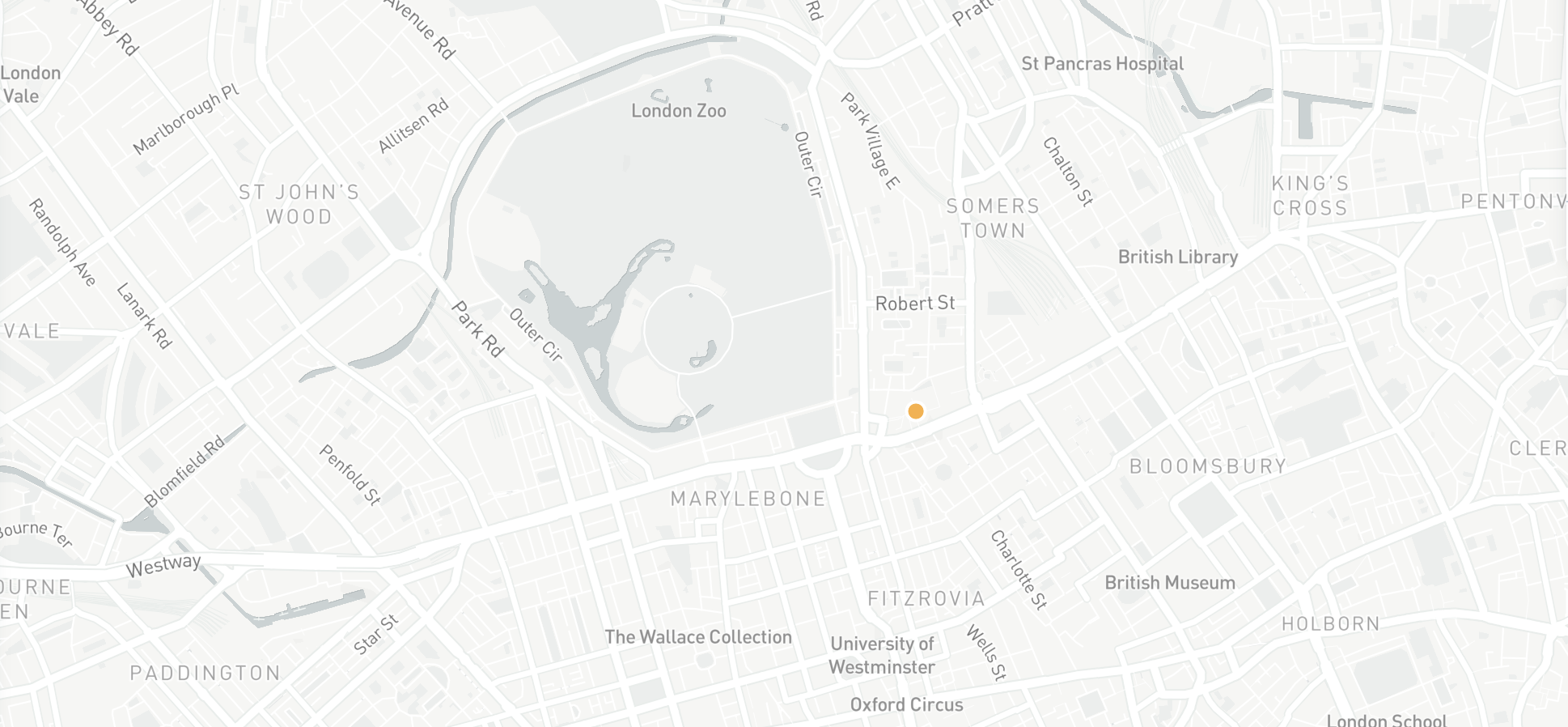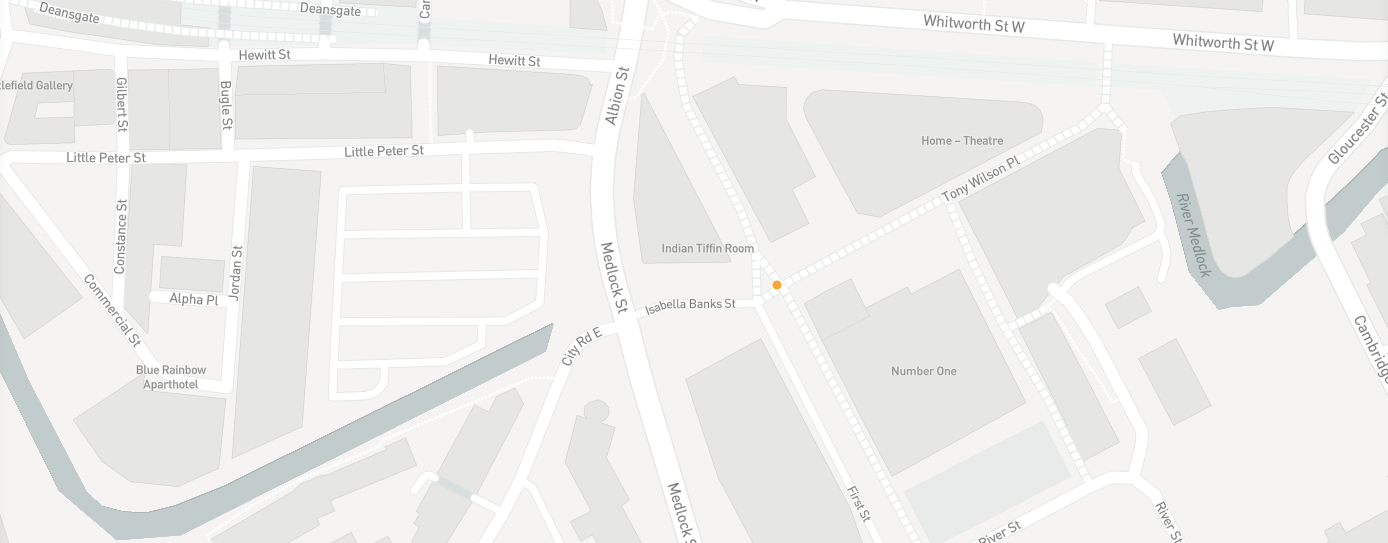How to Get Ahead as a Solutions Architect
Dealing with technical decisions and their impact on business outcomes, understanding the concerns of key stakeholders, and balancing a range of colleagues’ needs, a Solutions Architect has some major responsibilities.
With the help of insights from Solution Architects across differing sectors, we’ll delve into the world of solution architecture, touching on the necessary soft skills, key skills and experience, the qualifications you’ll, and some other top tips for landing that Solutions Architect role.
Quick Links
- What is a Solutions Architect
- How to become a Solutions Architect
- What does a Solutions Architect job description look like?
- How to prepare for a Solutions Architect job interview
- What can you expect from a Solutions Architect salary?
- Career paths for Solutions Architects
What is a Solutions Architect?
A Solutions Architect plays a key role in dealing with a business’s problems. By evaluating a company’s business needs, they then set about determining how IT can support these needs. After identifying these solutions, a Solutions Architect outlines each of the phases and requirements to ensure the best possible outcomes.
To carry out the above, a Solutions Architect must look at the current lay of the land, including what technologies are available to them, as well as any new software products that may need to be developed.
Once they’ve got a clearer picture of the existing IT environment – and the business’s needs – they’ll then create an overall strategic vision, including a budget for producing a software product based on that vision.

When they’ve got the go-ahead from stakeholders, a Solutions Architect must then monitor the process, keeping stakeholders updated on its progress along the way. Not all of these stakeholders will be well-versed in technical matters, so the Solutions Architect will also have to consider their needs when factoring them into the process and be able to explain their decisions in layman’s terms.
How to become a Solutions Architect
When aiming for a career as a Solutions Architect, there isn’t a strict path in, but there are definitely particular disciplines that are helpful to kickstart your career. A degree in IT, software engineering, or computer science would provide some of the necessary skills for a successful career as a solutions architect.
On top of university degrees, certifications from organisations like QA, IBM, and Microsoft will provide even more valuable skills, and make potential candidates’ CVs stand out. These certifications can even help you progress into a career as a Solutions Architect by bolstering your current skills.
As we touched on earlier, having the ability to explain technical topics to colleagues at the managerial level is an essential skill. If solutions aren’t communicated effectively to key decision-makers, then budgets might not be properly assigned to the solutions.
It’s also worth noting that technology rapidly evolves. To have a successful and long-term career as a Solutions Architect, you must possess a commitment to continued learning and training so that you’re not stuck offering solutions based on old tech.
Skills required to be a solutions architect
A solutions architect is a very specialised job that requires specific skills to be successful in. By focusing on the following key skills, you can be sure that you’ll thrive within the role of solutions architect.
Active listening
Active listening requires the listener to be fully engaged with what the speaker is saying. By paying attention to what’s being said, and asking relevant questions, you can build rapport and develop a better understanding of the subject matter.

Modern colleagues talking about business
Strong communication
Building on active listening, the ability to communicate effectively with stakeholders from both technical and non-technical backgrounds will pay dividends in securing funding for projects.
Presentation skills
On top of strong communication skills, putting these skills into a presentation can be an incredibly powerful tool to put across ideas to the wider team.
Decision making
Perhaps the most important soft skill for a solutions architect is decision-making. Ultimately, if the job of a solutions architect is to develop solutions to complex issues, then deciding on the best solution is critical.
What does a Solutions Architect job description look like?
When applying for Solutions Architect roles, you should expect the job description to feature the following duties and responsibilities:
- Creating and leading IT system integration processes that meet the needs of the organisation
- Conducting regular evaluations of current system architectures, and collaborating with project management teams to improve them
- Evaluating any project constraints and suggesting alternatives to reduce risks
- Keeping stakeholders up to date on project development status and budgets, and notifying them of issues immediately
- Analysing and finding any impacts that may arise as a result of any technical changes
- Supervising and leading development teams
- Carrying out continuous research on new technologies so that existing architecture remains up to date as regularly as possible
- Translating business requirements into technical solutions to deliver business targets
How to prepare for a Solutions Architect job interview
The Solutions Architect interview process generally involves a mix of interview questions. Like the role itself, expect things to be varied and diverse, blending technical queries with more behavioural based questions.
Remember that most companies are looking for the simplest, most cost-effective way of solving their business’s needs, so don’t try to impress stakeholders with jargon that will go way over their heads. Instead, focus on actionable strategies that deliver clear benefits, i.e. they reduce costs by 5%, or save the company thousands of labour hours per year.
Solution Architect interview questions
Because it’s such a specialist job, the questions you’ll be asked in the interview will be equally specialist. To answer them, you’ll have to lean on your experience and wider research to ensure that you provide answers that showcase your expertise.
So, on the tech side of things, you may be asked things that are designed to test your knowledge of specific technical concepts, such as:
– What are the benefits of using APIs?
– What is a DNS?
– What is cloud computing?
– What are the differences between NoSQL and SQL?
As for behavioural questions, you might be asked things such as:
– Describe a time when you solved a particular issue using an innovative solution
– Tell me about a time when you worked on a project outside of your scope
– Tell me about a skill you recently learned. What did this involve?
– How do you go about handling objections?
Career paths for Solutions Architect
After gaining experience as a Solutions Architect, many SAs may choose to become Enterprise Architects.
The top level of the architect hierarchy, Enterprise Architects, have more responsibilities than Solutions Architects. While solutions architecture focuses more on the solution, an Enterprise Architect takes a more holistic view of a company as a whole. As such, their duties are more concerned with the business side of operations.

Enterprise Architects, therefore, integrate technological advancements with business strategy, using IT as a way of achieving a competitive advantage by reducing costs, increasing flexibility and regulating technology environments, among other methods. As such, they have a huge degree of responsibility and have to report directly to the chief information officer (CIO).
What can you expect from a Solutions Architect salary?
As of 2025, the salary for a solutions architect varies depending on experience, but entry-level positions typically start at around £60,000, going up to around £80,000 for Senior Solutions Architects.
Click here for the latest news and features from SEFE or visit our careers section to find out about our latest career opportunities.
The views, opinions and positions expressed within this article are those of our third-party content providers alone and do not represent those of SEFE. The accuracy, completeness and validity of any statements made within this article are not guaranteed. SEFE accepts no liability for any errors, omissions or representations.







